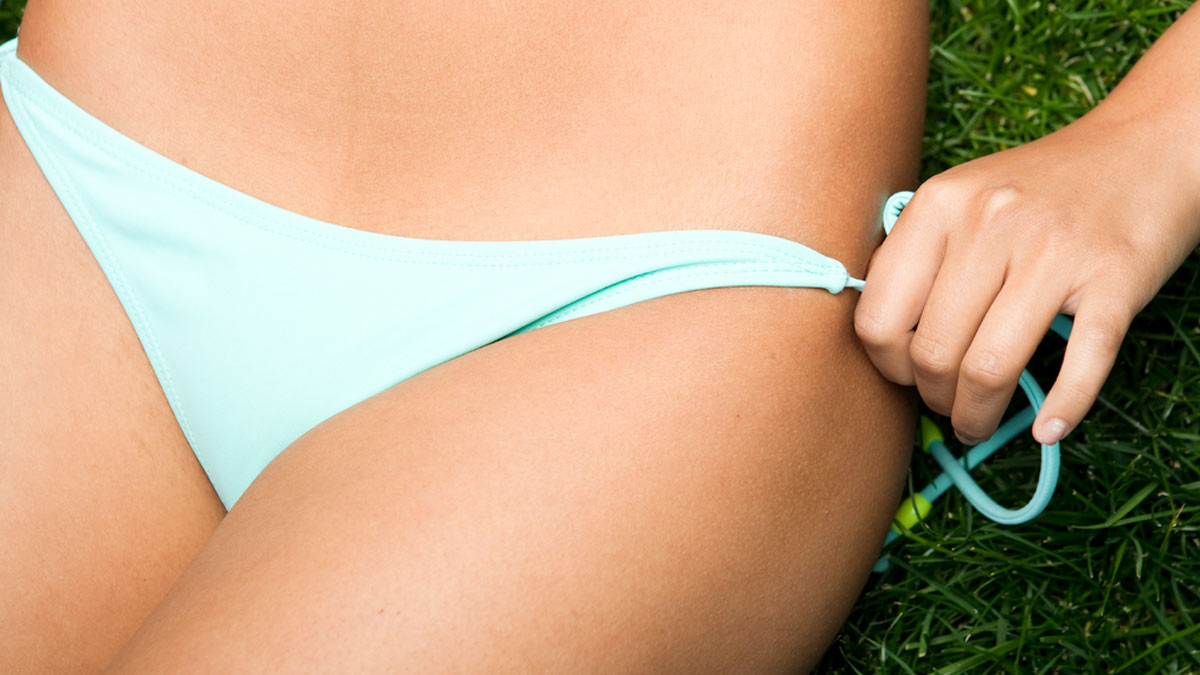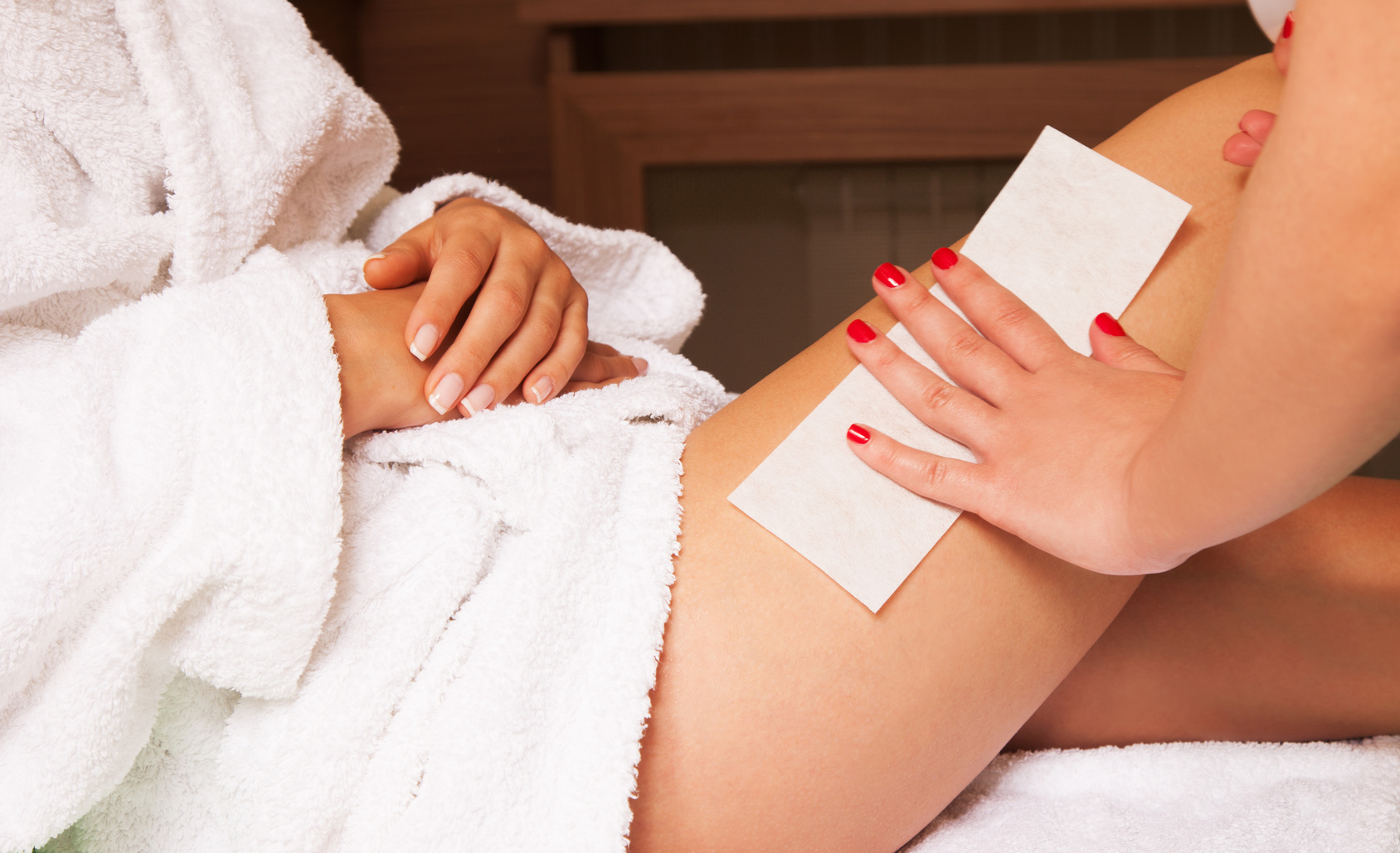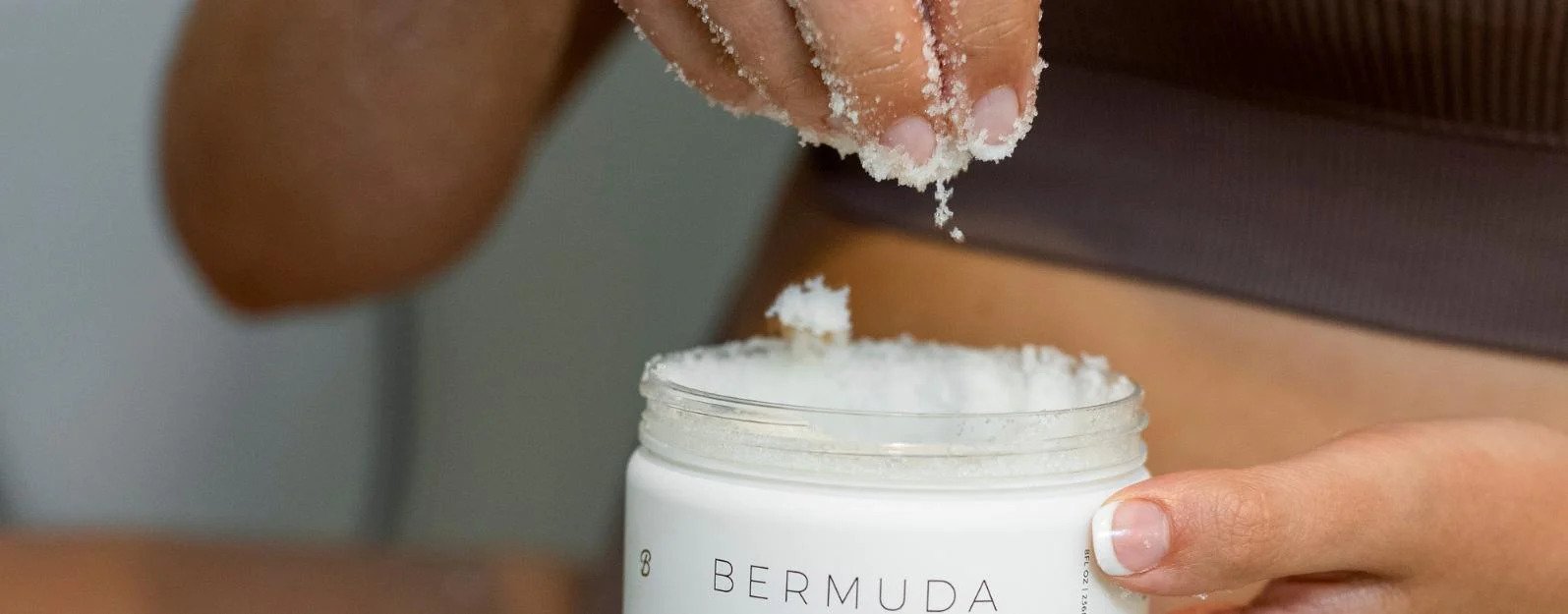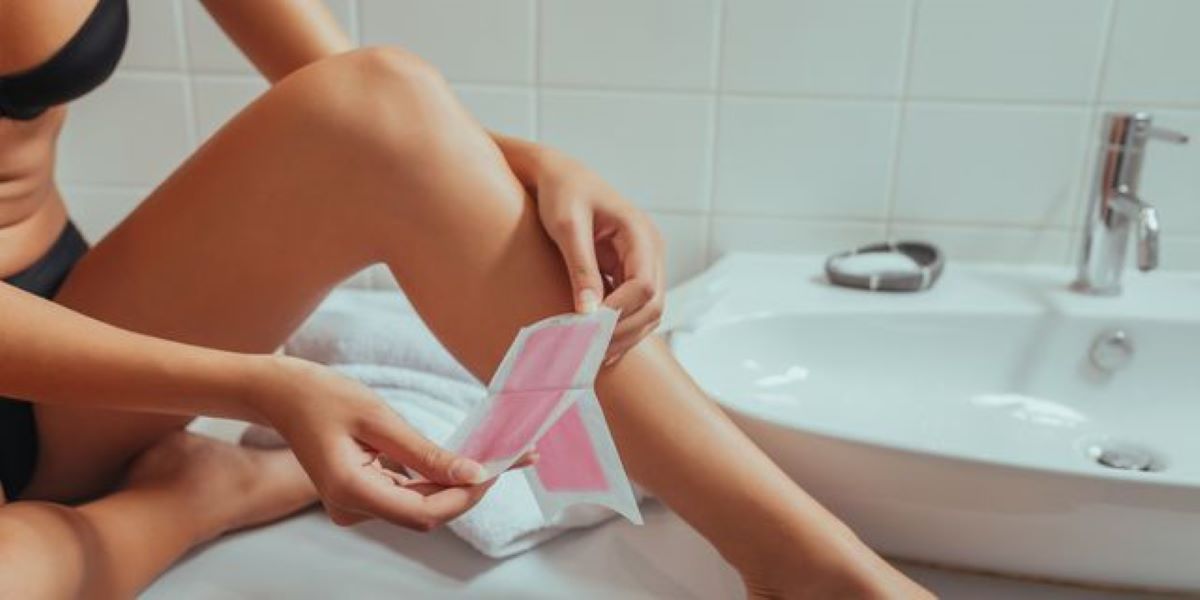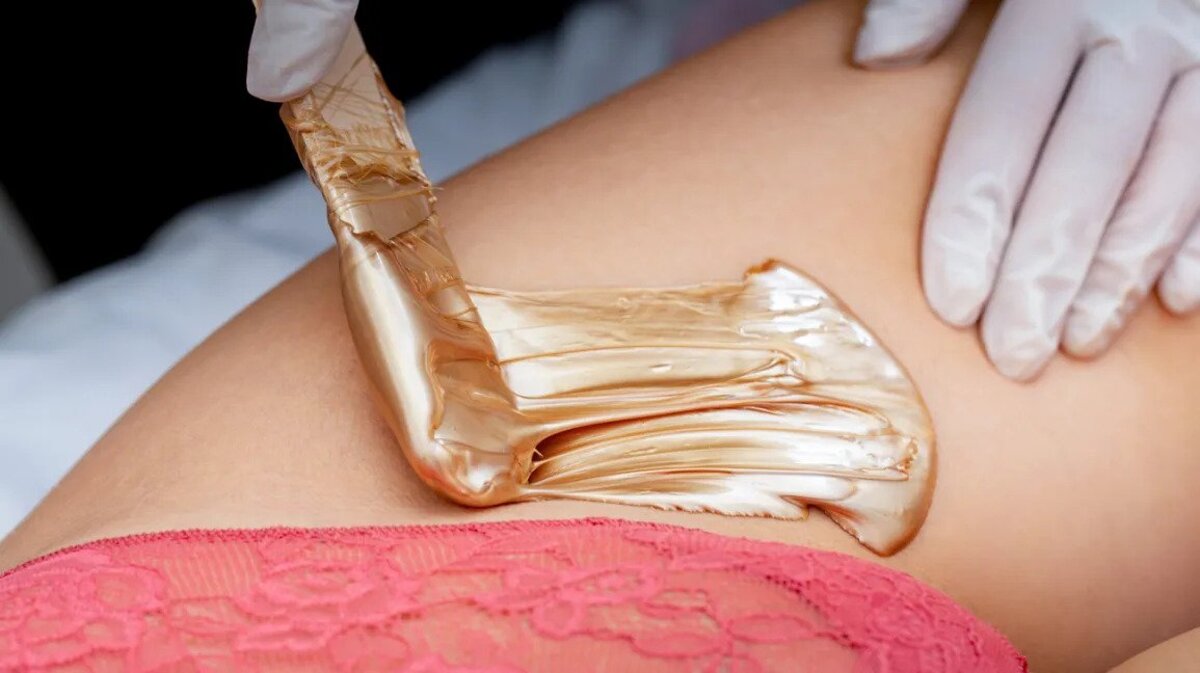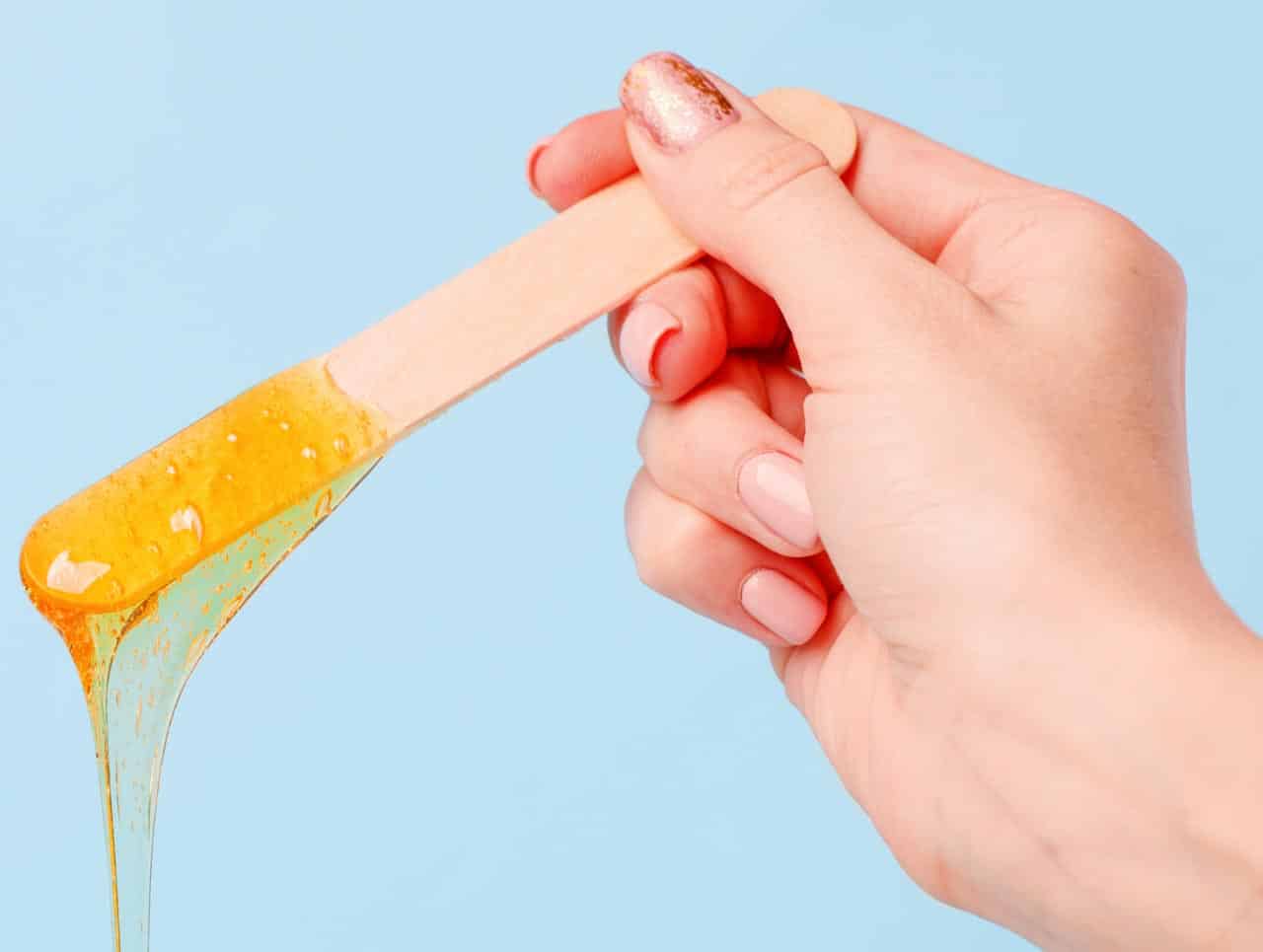Home>How-to Guides>For Women>How To Do Bikini Wax


For Women
How To Do Bikini Wax
Modified: September 23, 2023
Learn the step-by-step process of bikini waxing for women. Discover the best techniques and tips to achieve a smooth and flawless result.
(Many of the links in this article redirect to a specific reviewed product. Your purchase of these products through affiliate links helps to generate commission for Under-tec.com, at no extra cost. Learn more)
Table of Contents
Introduction
Welcome to the ultimate guide on how to do a bikini wax! Whether you’re a seasoned pro or a first-timer, this article aims to provide you with all the information you need to confidently and safely perform a bikini wax at home. The idea of tackling such a delicate and intimate procedure can be daunting, but don’t worry – we’ve got you covered. With the right preparation, technique, and aftercare, achieving a smooth and hair-free bikini area is within your reach.
Bikini waxing is a personal grooming practice that involves removing hair from the bikini area using hot or cold wax. It offers long-lasting results and a cleaner appearance compared to other hair removal methods. By removing hair from the root, new hair growth is finer and softer. Whether you want to rock a new bikini, boost your confidence, or simply enjoy the freedom from regular shaving, bikini waxing can be a game-changer.
While many choose to visit a professional esthetician for their waxing needs, doing it at home can be a more convenient and cost-effective option. With the right knowledge and tools, you can achieve professional-level results in the comfort of your own bathroom. However, it’s important to note that a bikini wax may be more sensitive and require more precision than other areas of the body. Therefore, it’s crucial to follow the proper steps and take all necessary precautions to ensure a successful experience.
In this article, we will explore the step-by-step process of performing a bikini wax, including prepping your skin, choosing the right waxing method, gathering the necessary supplies, and providing aftercare tips to keep your skin smooth and healthy. We’ll also address frequently asked questions to answer any doubts or concerns you may have along the way.
So, whether you’re a waxing novice or looking to improve your technique, get ready to embark on this journey to silky-smooth skin. Let’s dive in and learn how to master the art of the bikini wax!
Preparing for Bikini Wax
Before diving into the world of bikini waxing, it’s essential to properly prepare your skin to ensure a successful and comfortable experience. Taking the time to prepare beforehand will help minimize discomfort, reduce the risk of irritation, and allow for more effective hair removal. Here are some key steps to follow when preparing for a bikini wax:
- Allow hair growth: For optimal results, it’s recommended to let your hair grow out to at least a quarter inch in length. This ensures that the wax has enough hair to grip onto, making the removal process more effective. Avoid shaving or trimming the area for at least two to three weeks prior to your waxing session.
- Exfoliate your skin: Gently exfoliate the bikini area a day or two before your wax. This helps remove dead skin cells and unclogs hair follicles, allowing for easier hair removal. Use a gentle scrub or exfoliating gloves to avoid irritating the skin.
- Take a warm shower: Prior to waxing, take a warm shower or bath to soften the hair and open up the pores. This will make the process less painful and more effective. Avoid using any oily or moisturizing products on the area, as they can interfere with the wax’s adhesion.
- Avoid caffeine and alcohol: It’s best to avoid consuming caffeine or alcohol before your waxing session, as they can increase sensitivity and make the process more uncomfortable. Stick to hydrating drinks like water or herbal tea instead.
- Trim long hair if necessary: If your hair is excessively long, you may want to trim it down to a more manageable length before waxing. Use a pair of scissors or a trimmer and be cautious not to trim it too short, as it may make the waxing process more difficult.
By following these pre-waxing steps, you’ll create an optimal canvas for a successful bikini waxing session. Your skin will be properly prepared, and the hair will be at an ideal length for effective removal. Now that we’ve covered the preparations, it’s time to move on to the next step: choosing the right waxing method.
Choosing the Right Waxing Method
When it comes to bikini waxing, there are different methods to choose from, each with its own pros and cons. Selecting the right waxing method depends on your comfort level, preferences, and the desired outcome. Here are the most common waxing methods for the bikini area:
- Hot Wax: Hot wax is a popular choice for bikini waxing, especially for sensitive areas. It is melted to a liquid consistency and then applied to the skin using a spatula. The wax solidifies as it cools and is then removed by quickly pulling it off in the opposite direction of hair growth. Hot wax is known to grip the hair more effectively, making it suitable for coarse or thick hair. However, it may be more painful than other methods.
- Strip Wax: Strip wax, also known as soft wax, is another common option for bikini waxing. It is applied in a thin layer using a roller or spatula and then covered with a cloth or paper strip. The strip is pressed firmly onto the wax and then quickly pulled off in the opposite direction of hair growth. Strip wax is effective in removing finer hair and is generally less painful than hot wax.
- Sugar Wax: Sugar wax, also known as sugaring, is a natural waxing method that involves a sugar-based paste. It is applied to the skin and then flicked off in the opposite direction of hair growth. Sugar wax is known for being gentle on the skin and less painful than other methods, making it suitable for sensitive areas like the bikini region.
- Hard Wax: Hard wax is a stripless wax that is applied directly to the skin and hardens as it cools. Once it’s set, it is removed by lifting the edges and pulling it off in one swift motion. Hard wax is often preferred for the bikini area because it adheres mostly to the hair and not the skin, resulting in less discomfort and potential irritation.
Consider your pain tolerance, hair type, and personal preferences when choosing a waxing method. If you’re unsure, it may be helpful to experiment with different methods or seek professional guidance. The most important factor is to select a method that you feel comfortable with and confident in using.
Now that you’ve learned about different waxing methods, it’s time to gather the necessary supplies to carry out a successful bikini wax. Let’s move on to the next section to learn what essential items you’ll need for your waxing session.
Gathering the Necessary Supplies
Before you embark on your bikini waxing journey, it’s crucial to gather all the necessary supplies to ensure a smooth and successful experience. Having the right tools at hand will make the process easier, hygienic, and more effective. Here’s a list of essential items you’ll need for your at-home bikini waxing session:
- Wax: Depending on your chosen waxing method, you’ll need hot wax, strip wax, sugar wax, or hard wax. Make sure to select a high-quality wax specifically designed for bikini waxing to ensure the best results. Consider your preferences, skin sensitivity, and hair type when choosing a wax.
- Wax Warmer: If you opt for hot wax or strip wax, you’ll need a wax warmer to heat the wax to the appropriate temperature. Invest in a reliable and adjustable wax warmer for safe and consistent heating of your wax.
- Applicators: Depending on the waxing method, you’ll need either wooden spatulas or waxing strips. Wooden spatulas are used for applying hot wax or sugar wax, while waxing strips are used with strip wax. Ensure you have an ample supply of clean, disposable applicators to maintain hygiene.
- Talcum Powder or Pre-Wax Oil: To prepare the skin and enhance the wax’s gripping ability, you may need talcum powder or a pre-wax oil. Talcum powder helps absorb moisture, making it useful before applying wax. Pre-wax oil creates a barrier between the skin and the wax, reducing discomfort and preventing the wax from sticking to the skin.
- Clean Cloths or Waxing Strips: If you’re using strip wax, make sure to have an adequate supply of clean cloths or waxing strips. These are used to cover the wax and facilitate its removal in one swift motion.
- Tweezers: Tweezers are handy for touching up any stray hairs that may have been missed during the waxing process. Use them to pluck out individual hairs for a more flawless result.
- Aloe Vera Gel or Soothing Cream: After waxing, soothe your skin with aloe vera gel or a soothing cream specifically formulated for post-wax care. This will help calm any redness or irritation and keep your skin hydrated.
- Cleanse and Moisturize: Before starting the waxing process, ensure that you have a gentle cleanser to clean the bikini area and a moisturizer to apply afterward. Clean skin helps prevent infection, while moisturizing keeps the area hydrated and healthy.
Remember to always follow manufacturer instructions for the specific products you purchase. Additionally, practice good hygiene by thoroughly cleaning all reusable tools before and after each use. By gathering the necessary supplies ahead of time, you’ll be fully equipped to confidently perform a bikini wax in the next section.
Step-by-Step Guide to Bikini Waxing
Now that you’re prepared and have gathered all the necessary supplies, let’s dive into the step-by-step process of performing a bikini wax at home. Follow these instructions carefully to ensure a successful and comfortable waxing experience:
- Cleanse and exfoliate: Begin by cleansing the bikini area with a gentle cleanser. This removes any dirt, oils, or debris from the skin. Pat the area dry and gently exfoliate with a scrub or exfoliating gloves to remove dead skin cells and allow for better hair removal.
- Prepare the wax: If using hot wax or strip wax, heat the wax according to the manufacturer’s instructions with your wax warmer. For sugar wax or hard wax, you may need to warm it in the microwave or following the specific product directions.
- Apply powder or oil: Apply a light dusting of talcum powder to absorb any excess moisture or oil on the skin. If using a pre-wax oil, apply a thin layer to create a protective barrier between the wax and the skin.
- Test the temperature: Before applying the wax to your sensitive bikini area, test the temperature on a small patch of skin to ensure it’s not too hot. The wax should be warm and spreadable, but not uncomfortable or scalding.
- Apply the wax: Using a wooden spatula or the applicator specific to your waxing method, apply a thin and even layer of wax in the direction of hair growth. Be cautious not to apply the wax too close to the sensitive areas, such as the genital area or labia.
- Place the cloth or waxing strip: If using strip wax, immediately place a clean cloth or waxing strip over the wax while it’s still warm and pliable. Press the cloth or strip firmly onto the wax, ensuring it adheres well.
- Remove the wax: Hold the skin taut with one hand and quickly pull off the cloth or waxing strip in the opposite direction of hair growth. Pull the strip close to the skin and keep it parallel to the skin’s surface for a smoother and less painful removal.
- Manage discomfort: Press down on the area with your hand immediately after removing the strip to help relieve any lingering discomfort. If needed, you can also apply slight pressure with your hand to soothe the area.
- Repeat the process: Continue working in small sections, applying and removing wax until you have achieved your desired level of hair removal. Remember to take breaks if needed to manage any discomfort.
- Tweeze stray hairs: Use tweezers to pluck out any stray hairs that were missed during the waxing process. Be gentle and precise to avoid plucking more hair than necessary.
After you’ve completed the waxing process, take a moment to admire your hair-free bikini area. While some redness and sensitivity are normal after waxing, if you experience excessive pain, swelling, or irritation, consult a healthcare professional.
Now that you’ve successfully performed a bikini wax, it’s time to learn about the essential aftercare tips and precautions to ensure a smooth recovery and maintain your results. Let’s move on to the next section.
Aftercare Tips and Precautions
Proper aftercare following a bikini wax is essential to soothe the skin, minimize any potential side effects, and maintain the results. Here are some important aftercare tips and precautions to follow:
- Avoid hot baths and showers: For the first 24 to 48 hours after waxing, avoid exposing the treated area to hot water. Hot water can increase sensitivity and may irritate the skin. Opt for lukewarm water instead.
- Avoid sun exposure: Sun exposure can further irritate the skin and increase the risk of complications. Stay out of direct sunlight or use a broad-spectrum sunscreen with a high SPF on the treated area if you have to be outdoors.
- Avoid excessive sweating: Excessive sweating can lead to irritation and potential infection. Avoid activities that cause heavy sweating for the first 24 to 48 hours after waxing.
- Avoid tight clothing: Tight clothing can rub against the sensitive skin and cause further irritation. Opt for loose-fitting clothing to allow the skin to breathe and prevent friction.
- Moisturize regularly: Keep the skin hydrated by applying a gentle moisturizer regularly. Choose a product that is specifically designed for use after waxing and does not contain alcohol or fragrances.
- Avoid exfoliation: Refrain from exfoliating the treated area for at least 48 hours after waxing. Exfoliating can irritate the skin and disrupt the healing process.
- Avoid shaving: It’s important to resist the urge to shave between waxing sessions. Shaving can disrupt the natural hair growth cycle and make future waxes less effective.
- Avoid touching or scratching: Keep your hands away from the treated area to prevent contamination and potential infection. Avoid scratching or picking at the skin, as this can lead to further irritation and potential scarring.
- Follow a proper skincare routine: Incorporate a gentle cleansing routine into your daily skincare regimen. Cleanse the skin with a mild cleanser and pat dry gently. Avoid using harsh products or scrubbing the area vigorously.
- Consider professional maintenance: While it’s possible to perform bikini waxing at home, consider visiting a professional esthetician for regular maintenance. They have the expertise and experience to ensure a more thorough and comfortable waxing experience.
By following these aftercare tips and precautions, you can promote healing, reduce potential side effects, and maintain the smooth results of your bikini wax. Remember, everyone’s skin reacts differently, so pay attention to how your skin feels and adjust your aftercare routine accordingly.
Now that you’ve learned the essential aftercare tips, let’s address some commonly asked questions regarding bikini waxing in the next section.
Frequently Asked Questions (FAQs)
Here are answers to some common questions about bikini waxing:
- Is bikini waxing painful?
- How long does a bikini wax last?
- How often should I get a bikini wax?
- Can I perform a bikini wax on myself?
- What should I do if I experience ingrown hairs?
- Can I go swimming after a bikini wax?
Bikini waxing can cause some discomfort, especially for first-time waxers. However, the pain is temporary and can be minimized with proper technique, preparation, and aftercare.
A properly done bikini wax can last anywhere from two to six weeks. The exact duration varies depending on individual hair growth patterns and personal factors. Regular waxing sessions can help slow down hair regrowth over time.
It is recommended to wait at least three to four weeks between bikini waxing sessions. This timeframe allows the hair to grow to a sufficient length for effective removal while still maintaining good skin health.
Yes, it is possible to perform a bikini wax at home. However, it’s important to follow proper techniques, take necessary precautions, and use high-quality waxing products. If you’re unsure or uncomfortable, consider seeking professional help.
Ingrown hairs can occasionally occur after waxing. To prevent them, exfoliate regularly and keep the skin hydrated. If you experience ingrown hairs, gently exfoliate the area and avoid picking or scratching. If they persist or become infected, consult a healthcare professional.
It’s best to avoid swimming for at least 24 to 48 hours after a bikini wax. Chlorine and other chemicals in the water can irritate freshly waxed skin. Additionally, the bikini area may be more sensitive during this time, so it’s important to allow the skin to heal properly.
If you have any other questions or concerns about bikini waxing, it’s always a good idea to consult with a professional esthetician or dermatologist. They can provide personalized advice and guidance based on your specific needs and skin type.
Now that we’ve addressed some common questions, you’re equipped with the knowledge and information needed to confidently perform a bikini wax at home. Remember to always prioritize safety, preparation, and aftercare for the best possible results.
Conclusion
Congratulations! You have reached the end of this comprehensive guide on how to do a bikini wax. By following the step-by-step instructions, preparing properly, and implementing the aftercare tips, you are now equipped to confidently remove unwanted hair and achieve smooth and hair-free bikini area at home.
Remember to choose the right waxing method that suits your preferences and comfort level. Gather all the necessary supplies, including wax, applicators, and soothing products, before beginning the waxing process. Take the time to prepare your skin, follow the step-by-step instructions, and practice proper aftercare to nurture your skin and maintain your results.
Performing a bikini wax can be a personal and sometimes challenging experience, but with practice and patience, you can become a pro. If you’re unsure or uncomfortable, consider seeking professional help from an esthetician who can provide expert advice and perform the waxing for you.
Remember, everyone’s experience and results may vary, so it’s important to listen to your body and adjust your approach as needed. If you have any concerns or questions, don’t hesitate to reach out to a healthcare professional.
Now it’s time to take charge of your grooming routine and enjoy the benefits of a bikini wax – smoother skin, longer-lasting results, and boosted confidence. So, go ahead and dive into the world of at-home bikini waxing with confidence!
